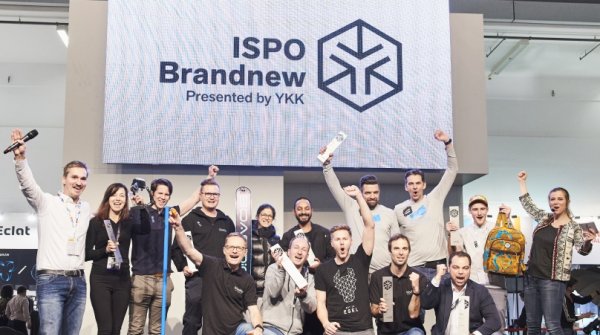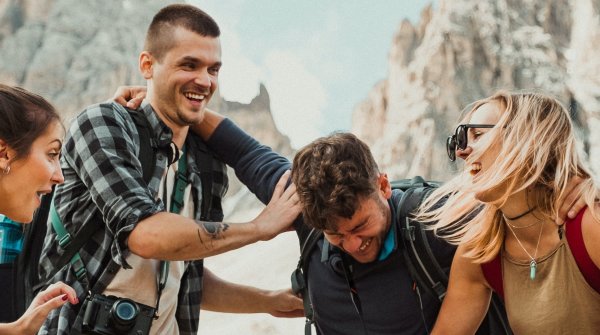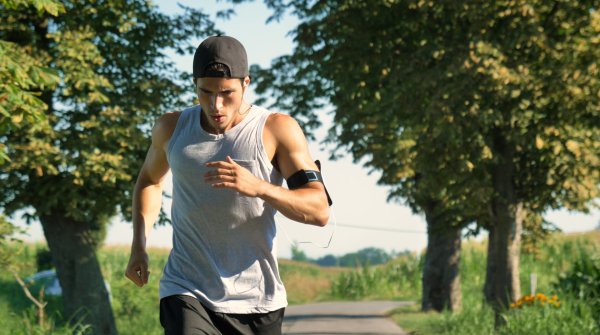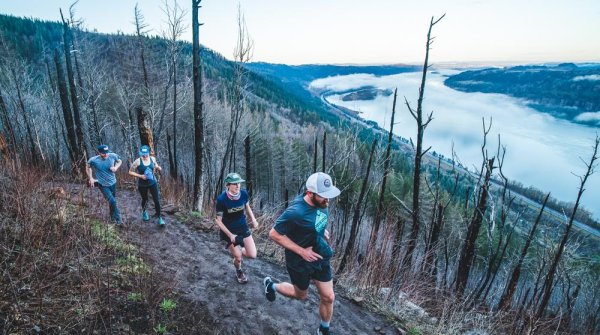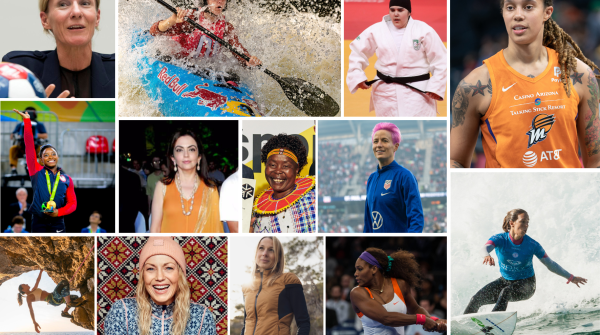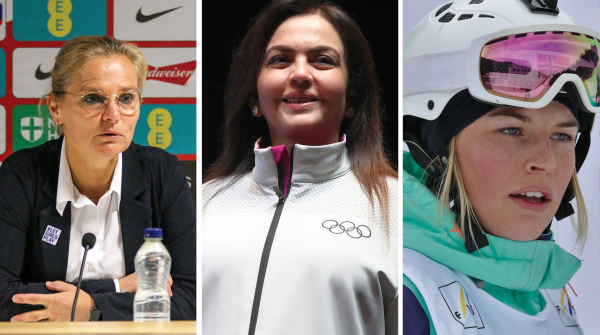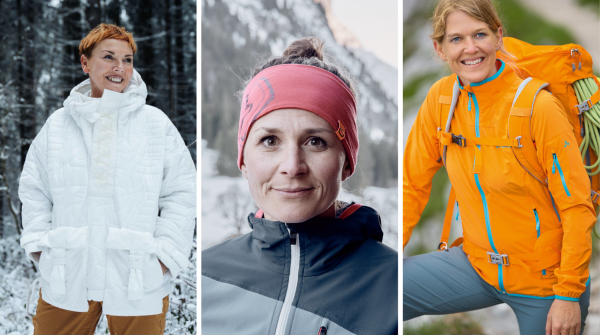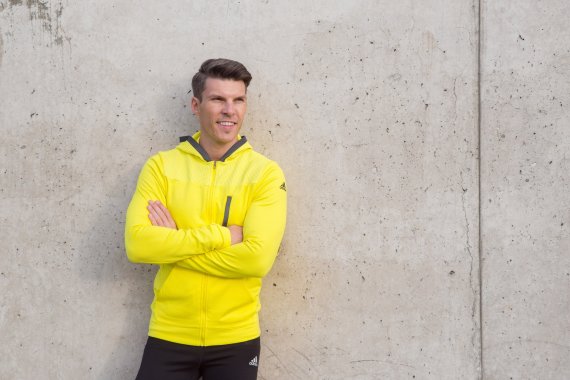
In an interview with ISPO.com, the 33-year-old turned millionaire talks about the enormous challenges Runtastic and Adidas are now facing, why he is being approached by other Dax companies, and why he is not on "Höhle der Löwen."
Florian Gschwandtner in an interview
ISPO.com: Mr. Gschwandtner, you recently had a visit from Kasper Rorsted at Runtastic in Linz. How was the meeting with the future Adidas CEO?
Florian Gschwandtner: Very pleasant, we got to know each other a bit. As the saying goes, "You never get a second chance to make a first impression." And I would say: our first impression of each other is very positive.
You have worked very harmoniously with Herbert Hainer since the Runtastic takeover by Adidas a year ago - at least that's the impression from the outside. What do you think awaits you under Kasper Rorsted as of October 1, 2016?
Phew, that's not such an easy question to answer. I don't think that much will change for us. I think both of them are very visionary and think far and big. People like Hainer and Rorsted don't get to such positions in big corporations by chance. What I really liked about Kasper Rorsted is his international orientation. He has lived in Silicon Valley for a long time and has a very good vision.
In the meantime, Runtastic and Adidas have celebrated one year of cooperation - has your life become more relaxed since then?
Not more relaxed, but not much more stressful either. We have always run a fast pace, it goes on and on. We don't have many points of contact with Adidas. Of course we have meetings and joint projects, but Runtastic continues on its way. Mentally, not much has changed for me.
"I was approached by Dax board members".
So you haven't lost any freedoms anywhere that you had before?
I can't think of anything. On the contrary, we're now allowed to think bigger and more internationally. It's all about the big picture now: How can we do e-commerce internationally? How do we reach the international runner scene? Together with Adidas, we are thinking hard about digitization.
For a 220-million-euro takeover, that sounds like a very relaxed transition...
To be honest, it went more positively than I expected. Adidas has understood that as a large corporation, you can also kill a startup if you do the wrong things. I've already been approached by a number of Dax board members and asked how we managed to pull this off and how you can integrate a startup.
And what do you say then?
That it's important not to want to overturn everything when it comes to the startup. Large corporations can't implement innovations so easily; they have an evolved structure. And you can't just impose this structure on a startup. Adidas has taken this to heart, which is why I am sure that we four Runtastic founders (in addition to Gschwandtner, René Giretzlehner, Alfred Luger, Christian Kaar, editor's note) will still be on board in a year's time. 2017 will see some collaborations between Adidas and us, I'm already looking forward to that.

A little view, please.
(laughs) No, sorry. You'll have to be patient a little longer.
Adidas, Nike, Under Armour - "all face the same challenge".
Myfitnesspal and Endomondo were bought by Under Armour, Runkeeper by Asics and you now belong to Adidas - is it no longer possible without the sports giants?
No, our acquisition by Adidas didn't have to happen that way. At a certain point, things can continue without a major corporation. We always knew: We don't sell, but maybe you get bought.
Now their competition is suddenly called Under Armour and Nike...
Yes, I find that incredibly exciting. Of course, we also look at what their digital business looks like. I'm very happy to do that. There is no one-size-fits-all solution. No one has done it before, everyone tries something out. Everyone faces the same challenge: How do you bring together the two worlds of production and digitization?
And what do you see in the future?
That software will become an important and integral part at sports companies. We are working on making software scalable. Key words Datascience and software engineering. That means we want to understand how to use data to develop the right physical products.
How Runtastic makes money
What else?
Nutrition is becoming more important for all of us; in two or three years, nutrition will play a huge role. That's why we're thinking about how to move from traditional tracking to prediction.
That means: tell us who you are and what your goal is - and we'll build a plan around you and tell you how to do it. Because based on our data, we can say: 90 percent with a similar goal did it this way.
To make them feel better, people are willing to track many areas of their lives, like sleep or nutrition. That's going to come even more.
How does Runtastic make its money right now?
One-time app sales and subscriptions to our premium offerings still make up the largest share. But hardware also brings in a relevant part. Beyond that, there's still ad revenue from our free app version and smaller issues like special music or B2B deals, so when companies make Runtastic available to all their employees.
You now act as an investor yourself. Wouldn't the VOX show "Höhle der Löwen," which is currently very popular in Germany, have been something for you?
(laughs) Well, there's also an equivalent in Austria. But we deliberately didn't take part. After all, we're not exactly underemployed and have to be careful what we do on the side. We only join if we can contribute real added value. Or if we can do long-time friends a favor by doing so without investing a lot of time. I don't even look at many pitch desks because of time constraints.
What do you do with a young startup whose idea is great, but the people are whistles?
Quite clearly: then I cancel. I invest in people, not in startups. There is often no linear path to a successful project. Motivated, positive people achieve something; everyone else is very likely to fail.
During your keynote at Bits & Pretzels in Munich, you talked about recruiting. How was it?
I was pleasantly surprised that the hall was so full despite the late date. My keynote was called "How to recruit an awesome team." After all, that's a key to Runtastic's success. You have to remember that Runtastic is located in Linz, a city with only 200,000 inhabitants. Of course, many people ask: How do you get good staff? I then explain how the success of a startup depends on the corporate culture and the people behind it. At Runtastic, we invest a lot in HR - and that seems to work quite well.
About Florian Gschwandtner and Runtastic:
Born on January 28, 1983 in Steyr, Upper Austria, Gschwandtner founded Runtastic in 2009 with three fellow students. Together they developed an app for athletes in Pasching that records their performance.
Success was not long in coming - and other companies took notice of the startup. In 2013, Axel Springer AG invested around 22 million euros for 50.1 percent of Runtastic shares. In summer 2015, Adidas AG acquired all shares for around 220 million euros.
Gschwandtner describes himself as a fitness enthusiast and is the face of Runtastic. The 33-year-old likes to travel a lot and gives talks about the success of the now internationally active startup. Runtastic currently employs around 180 people.
More information about Florian Gschwandtner is available on his Facebook and Twitter profile.
- Awards
- Mountain sports
- Bike
- Fitness
- Health
- ISPO Munich
- Running
- Brands
- Sustainability
- Olympia
- OutDoor
- Promotion
- Sports Business
- Textrends
- Triathlon
- Water sports
- Winter sports
- eSports
- SportsTech
- OutDoor by ISPO
- Heroes
- Transformation
- Sport Fashion
- Urban Culture
- Challenges of a CEO
- Trade fairs
- Sports
- Find the Balance
- Product reviews
- Newsletter Exclusive Area
- Magazine

